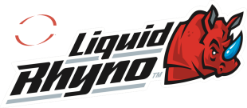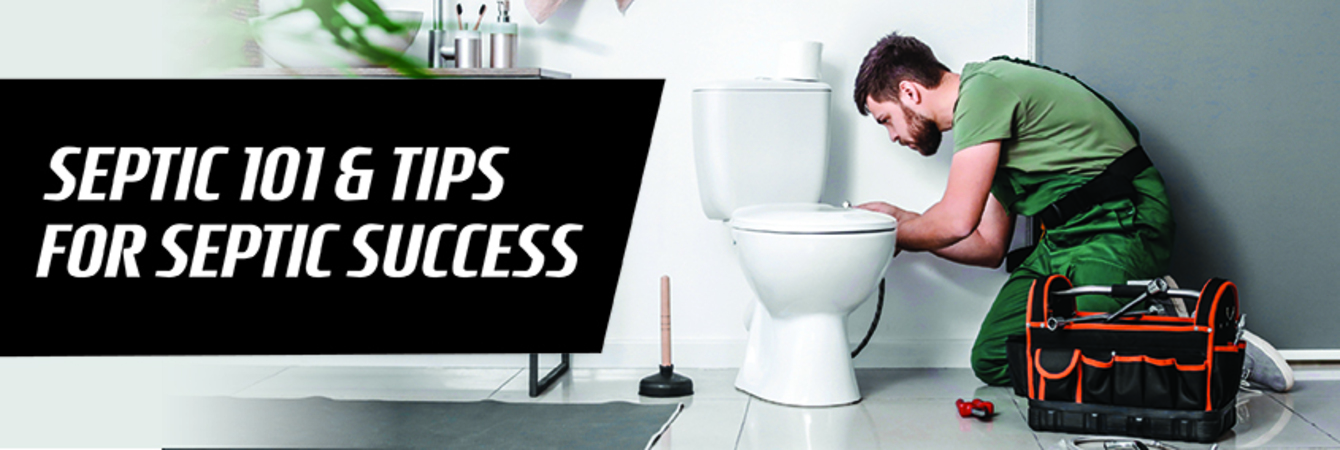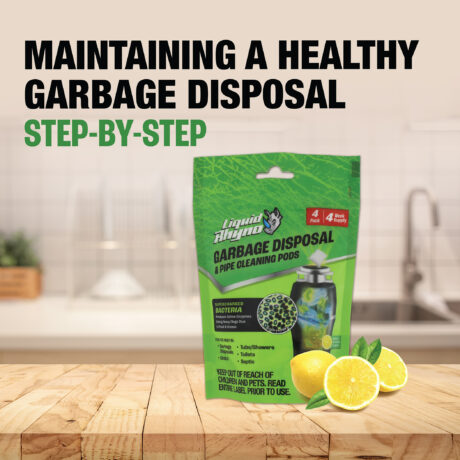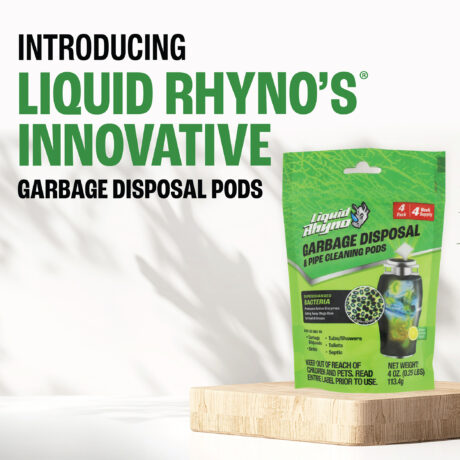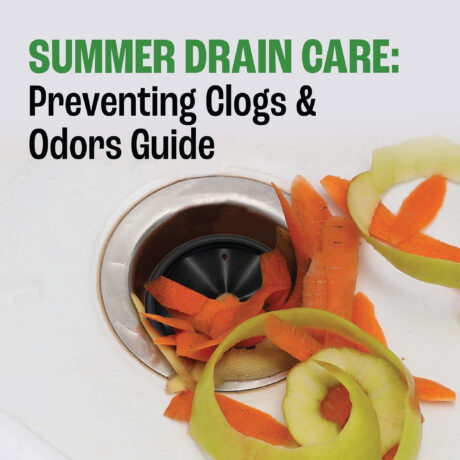Blog Overview Framework: Understanding your septic system & Tips for Septic Success
What is a Septic System?
Septic Tanks are a vital component of water treatment and recycling systems. These tanks are designed as a decant pond using sedimentation to remove settleable matter and turbidity from wastewater. Solids collect within the septic system and break down over time by bacterial action.
Organic waste is liquefied through natural bacterial decomposition, also known as anaerobic digestion -the process in which the bacteria breaks down organic matter. Leftover waste will stockpile at the bottom of the septic creating a layer of sediment. A small amount of waste, such as fats and oils, may rise to the top of the septic tank into a mixture of semi-solid waste.
How does a Septic System Work?
Septic System tanks are connected to a drainage field or leach field. This is where the water disperses. In a standard conventional septic system, gravity leads wastewater from the home to the septic tank and then to the drain field. As oils and fats rise to the top as scum, solids sink to the bottom, known as sludge. The septic system is cleaned out through a septic pumping process that removes both waste layers. This process should occur every few years. As water flows out of the pipes, soil and microorganisms clean the water.
Standard systems may be prohibited in your area due to soil type, size, and property location. If this is you, an alternative system will be needed. Alternative septic systems may contain an enhanced septic tank and drain field. Alternative systems are typically located near a lake or stream. Unlike standard septic systems, these systems detoxify the water before it enters the leach field. Some common types of alternative systems include aerobic septic systems, drain field alternatives, mound systems, and drip irrigation. Each system process and cost vary. We recommend further research to determine which septic system is suitable for your property.
Tips for Septic Success
The Septic System is an extremely important part of the home and needs routine maintenance to keep operations optimal. Here are some tips for maintaining your septic tank system!
- As your septic fills up with waste over time, we suggest regularly pumping your septic system. How often this process should be done varies per household, depending on the amount of waste accumulated.
- Following septic pumping, adding a treatment solution, such as the Liquid Rhyno Septic Treatment Powder, every month will optimize the health of your septic system. The Septic Treatment Powder eats away build-up such as hair, grease, and organic matter. It is safe for all septic system types and can be used in sinks, tubs, showers, toilets, and even RVs! The Septic Treatment Powder is coming soon to Wal-Mart and Amazon.
- Keep your septic system healthy is to add a bacterial to the system. Adding live organic bacteria assists in the decomposition of waste and replenishes bacteria levels.
- Avoid disposing of non-degradable materials in your septic system! These materials include grease, oil, coffee grounds, non-flushable paper products, and feminine hygiene products. If flushed, these items will clog the waste stockpiling in your system, causing a backup.
Understanding the basic functions of your septic system type, and how to properly care for the system will make your septic system simple and easy to maintain!
